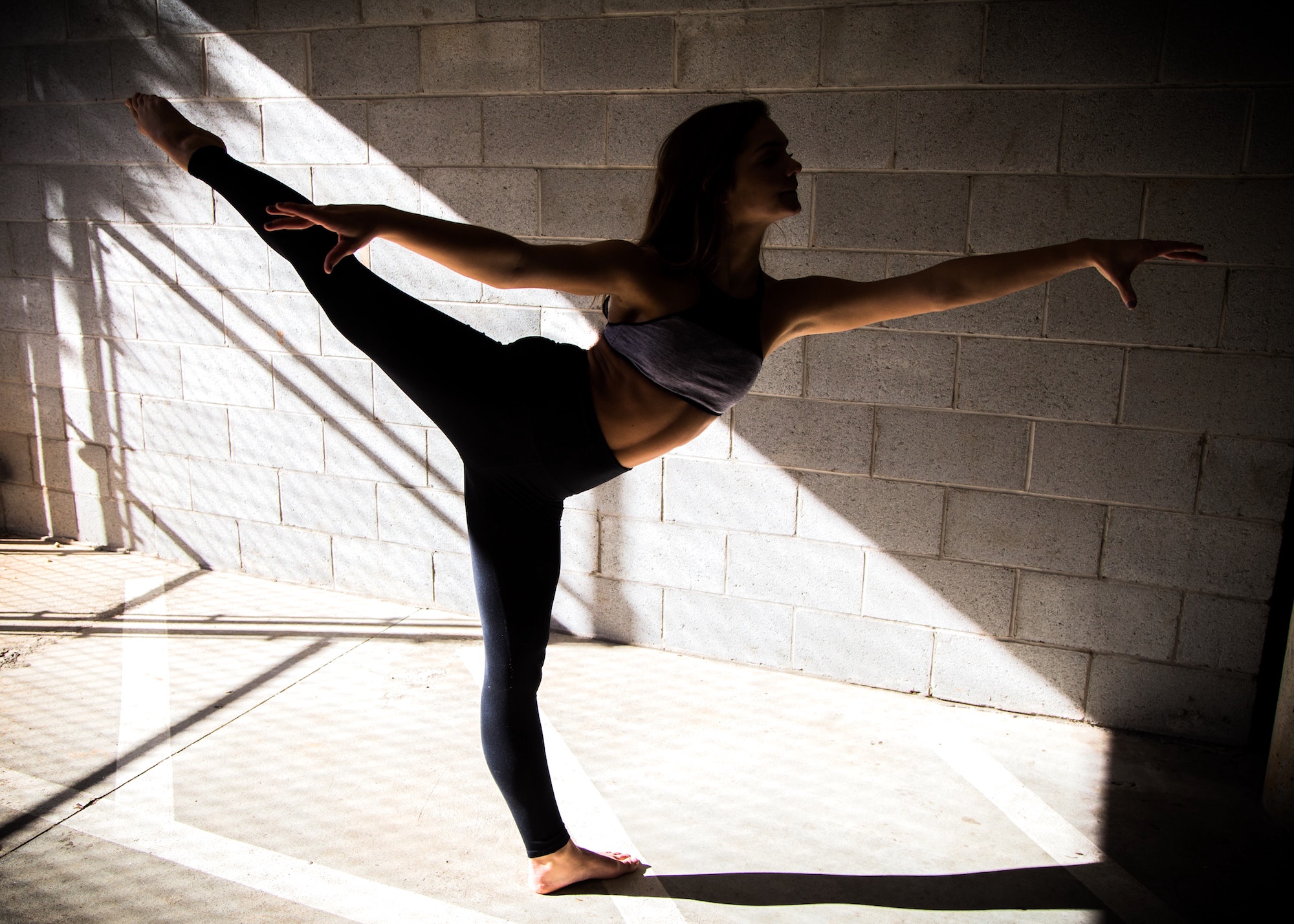
14 Oct 3 Simple Balance Checks for Center Work
If you are trying to avoid grand leaps and high extensions, just know that you are not alone. These challenging moves require a lot of focus on the part of the adult student before they can be tried. However, the three basic balances provided below can be useful in re-evaluating your core strength and alignment.
Fifth position balance
Maintaining balance absent of any support from the barre might be challenging for amateurs because the idea behind turnouts really appears unnatural. We are simply not designed to have the capacity of carrying out a turnout position. However, you can begin to perform the standing in fifth position when next you attempt the center work on the floor. You can also put your hands inside your hips. You need to put your feet in the opposite of your heel and toe, developing four areas of contact on the floor. It might be hard to believe that this position can be quite comfortable and offer good support once it is mastered. In the meantime, review your posture. Are your knees straight or bent due to strain on your turnout? Are you wobbling? Dancers are expected to achieve balance with a strong fifth position.
Relevé balance
Stand in the first position, perform a demi plie, and lift your heels. Your stomach should be in and your torso must be over your hips. Once you discover that your heels are falling backward instantly, you need to work in bringing forward your heels to face the audience. This will trigger the piriformis muscles and promote the lateral irritation of the hips. This workout process should be repeated in the absence of the pile. While standing in the first position, and maintaining your turnout, lift your heels from the floor. Focus more on reinforcing your ankles and core strength once you start to feel off balance. It is vital to perform a correct relevé if you intend to achieve that pirouette, dance en pointe, and arabesque.
Passé balance
It is challenging enough to attempt your turnout while standing on two legs but the greater challenge is in balancing on one leg. To stand in first position, or for the brave souls, the fifth position, lift a foot into a coupe, directed near the other ankle. Keep your hands on your hips and lift them to fifth on high or the first position. Your hips should be kept elongated and steady on your spine and feet. It might seem that you are being restricted by your leg, but the truth is, your glutes, back, and core are the ones performing the hard work. Are you experiencing difficulty activating and moving those limbs? Flexibility is excellent but in order to achieve balancing, strength and self-control must be involved.
These are a couple of basic exercises that can be used by amateurs to review their posture and balance. As a matter of fact, to test your balance during exercises such as passé and degagé, attempt lifting your hands from the barre. You will discover how much you are depending on the barre for support through the vertically challenging movement of balancing in passé and the instant footwork of degagé. This will also provide hints on how to make improvements.
